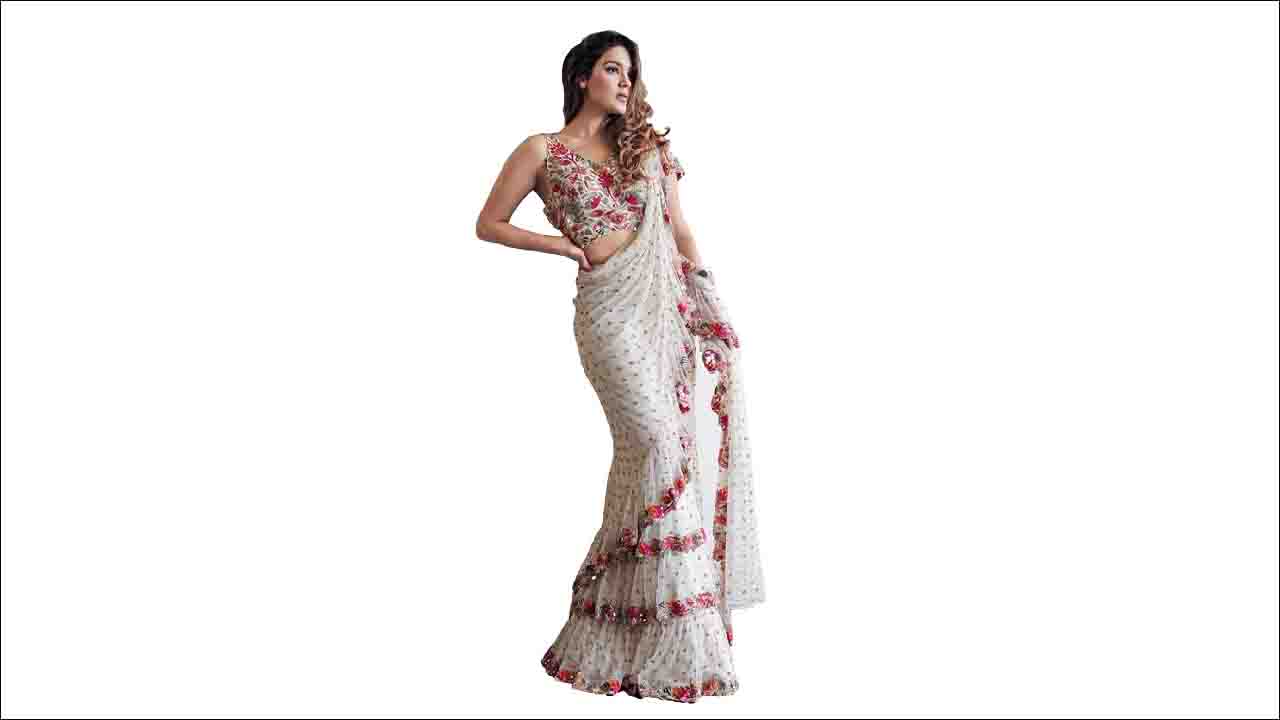SOUTH EAST ASIA (COMMONWEALTH UNION) – Now that we have seen the way the word sari came about and all the rich yet somewhat tedious history around the sari. We can now look at the bit of history about the sari that is fun and interesting.
In part two of this we look to find that tha sari like drapery which can be traced back deep into the Indus Valley civilization. This civilization flourished in the 2800 – 1800 BCE. It was in the north western parts of the Indian Subcontinent.
The majority of the saris that were made were made out of cotton. This is the reason cotton saris are still produced today. This happened also because cotton was first cultivated and woven into these fabrics in the Indian sub-continent around the 5th millennium BCE. They realized that cotton was easy to cultivate and was easier to color using the natural dyes that were made as well.
Now here is a fun fact the dyes that were being used in that era is still being used today! The most used ones are Indigo, Lac, Red, Madder and Turmeric.
Back in history the sari was not worn how one would wear it today. It was originally worn as a 3-piece garment. Similar looking to how we wear it today. It was worn as a lower garment a top garment and veil like cloth worn over the shoulders and sometimes even the head. The top garment was somewhat like a band over the chest. Although now like what one would wear today this came very close to how one would wear a Guajarati drape.
We now come to the ancient antariya drape which is very much similar to angaria the dhoti wrap. It similar to the fishtail version which is where one passes it through the legs and covers the legs loosely. This is so that the women who work in fields had enough room to work and not be constricted. But of course this was not only a work uniform but they could also wear this in brighter colours with vibrant prints for other social function. The decorative garment could be pleated in front of the leg which would go on to become the Bhairnivasani skirt.
We now come to the Ghagri and the Lehenga. The Lehenga is popular among the younger generations when it comes to weddings and even other social functions as the restriction of the palu isn’t there. There is however a shawl worn for modesty’s sake although in today’s day and age the shawl is more of a fashion piece. The shawl that completes the lehenga is what evolved to become the Dupatta today.
The sari has certainly gone thought a few stages of evolution as we read along through this. It is the ancient Tamil poetry we find verses written about women being exquisitely draped in saris. Where they speak of the women looking beautiful and the men seemingly allured by the slip of a mid-drift being seen to the naked eye. This was the exact opposite of what the Indian dharma books stated as the sari was meant to cover everything. These two ideologies were also the reason around the taboo of the naval being seen and not being seen in many parts of south east Asia.
There is a general acceptance that apart from the sari itself there are other pieces of fabric that can be added to it for modesty which was done back in the day when the showing of the naval was considered scandalous. This piece of cloth was called the Uttariya. It was ideally for the upper body draped in away that the naval nor the bust area was too exposed for anyone to see. The lowers garment was called the Nivi. Which was wrapped around like a skirt almost and it resembles a sari. This style can still be seen in various parts of India.
The history of this garment only gets richer as we go on. We find that literature and poetry was written for this beautiful piece of clothing by the upper crust of that society. There are poetic references from works such as Silappadikaram. This poem indicates that the sari evolved from what we in today’s world sees as the sarong. And this transition happened during tha Sangam period in ancient Tamil Nadu.
It describes in the most beautiful way how one long piece of cloth is used to cover the lower part of the women as well go all the way up to her head so that modesty is maintained in the eyes of her religion. There were similar styles found in ancient paintings by Raja Ravi Varma in Kerala. There are various sources that claim that the day-to-day wear for women in Kerala was the wrapped Dhoti. This was combined with a band like cloth to cover the breast area of the women. There was also a in the event it was needed a wrap added to cover the upper part of the body which was not covered by the band.
There also comes to a point in Sanskrit where women had terms for veiling. Where there was specific word used for when women were to wear cloth draped almost like a sari but it was called veiling. Each piece of cloth had a different named. There is the word Avagunthana which mean cloak veil, Uttariya which means shoulder veil, Mukhapata which mean face veil and finally sirovastra which means head veil.
It must be remembered that this kind of veiling also depended on the status of the woman in society. For example married women were supposed to wear the head veil as opposed to single women had the option to wear it or not. A widowed woman had to cover herself for a period of time that was set by the priests of her faith and or religion.








